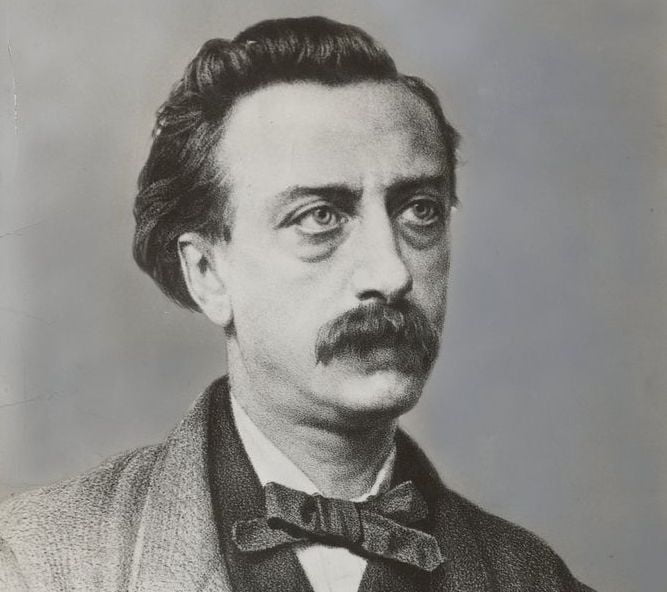A Womans Wrath – Introduction
The Yiddish, or Judceo-German, dialect was employed for general -f- purposes some centuries before the beginning of what is known as Yiddish Literature. It is not until towards the end of the last century that a genuine Yiddish literature can be said to have existed. It came into being in Russia and Poland, and though, in Isaac Goldberg’s words, “it has wandered from nation to nation seeking a home,” most of the important living writers are now resident in the United States.
The Yiddish writers have developed a striking type of story, based to a certain extent upon modern Russian models, but at the same time rooted in the traditions of Jewish life. During the past few years Yiddish writers have produced many short stories of high merit.
The impulse that produced the modem Yiddish short story was due largely to Solomon Jacob Abromovitch and Isaac Loeb Peretz. A large number of writers followed in their footsteps, and it is from among them that the later tales here included have been selected.
Whatever may be the future of Yiddish as a literary language, it is certain that the movement of the past fifty years has produced many masterpieces.
A Womans Wrath – The best of the Yiddish writers are interested largely in the ideas and aspirations of their own people, whether in Europe or America. They have set consciously to work to interpret Jewish life to the Jews themselves.
Isaak Loeb Peretz (1851-1915)
Born in Poland in 1851, Peretz is, according to Isaac Goldberg, “the greatest name in Yiddish literature.” While his first work was written in Hebrew, he ultimately adopted Yiddish, the language of the masses which he wished to reach. He was one of the most highly gifted short story writers, and has exercised an incalculable influence over the Yiddish writers who followed him.
A woman’s wrath, though it is technically Russian, is essentially Jewish in character.
This story is reprinted from the volume, Yiddish Tales, translated by Helena Frank, copyright, 1912, by The Jewish Publication Society of America, by whose permission it is here used.
A Woman’s Wrath
The small room is dingy as the poverty that clings to its walls. There is a hook fastened to the crumbling ceiling, relic of a departed hanging lamp. The old, peeling stove is girded about with a coarse sack, and leans sideways toward its gloomy neighbor, the black, empty fireplace, in which stands an inverted cooking pot with a chipped rim. Beside it lies a broken spoon, which met its fate in unequal contest with the scrapings of cold, stale porridge.








